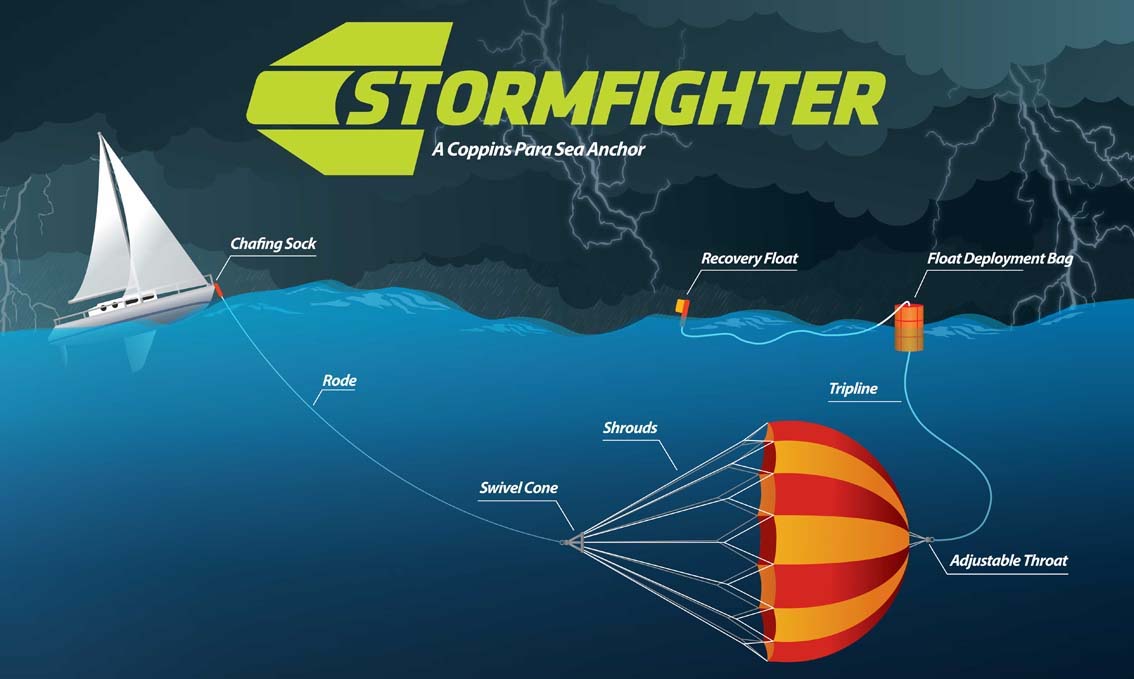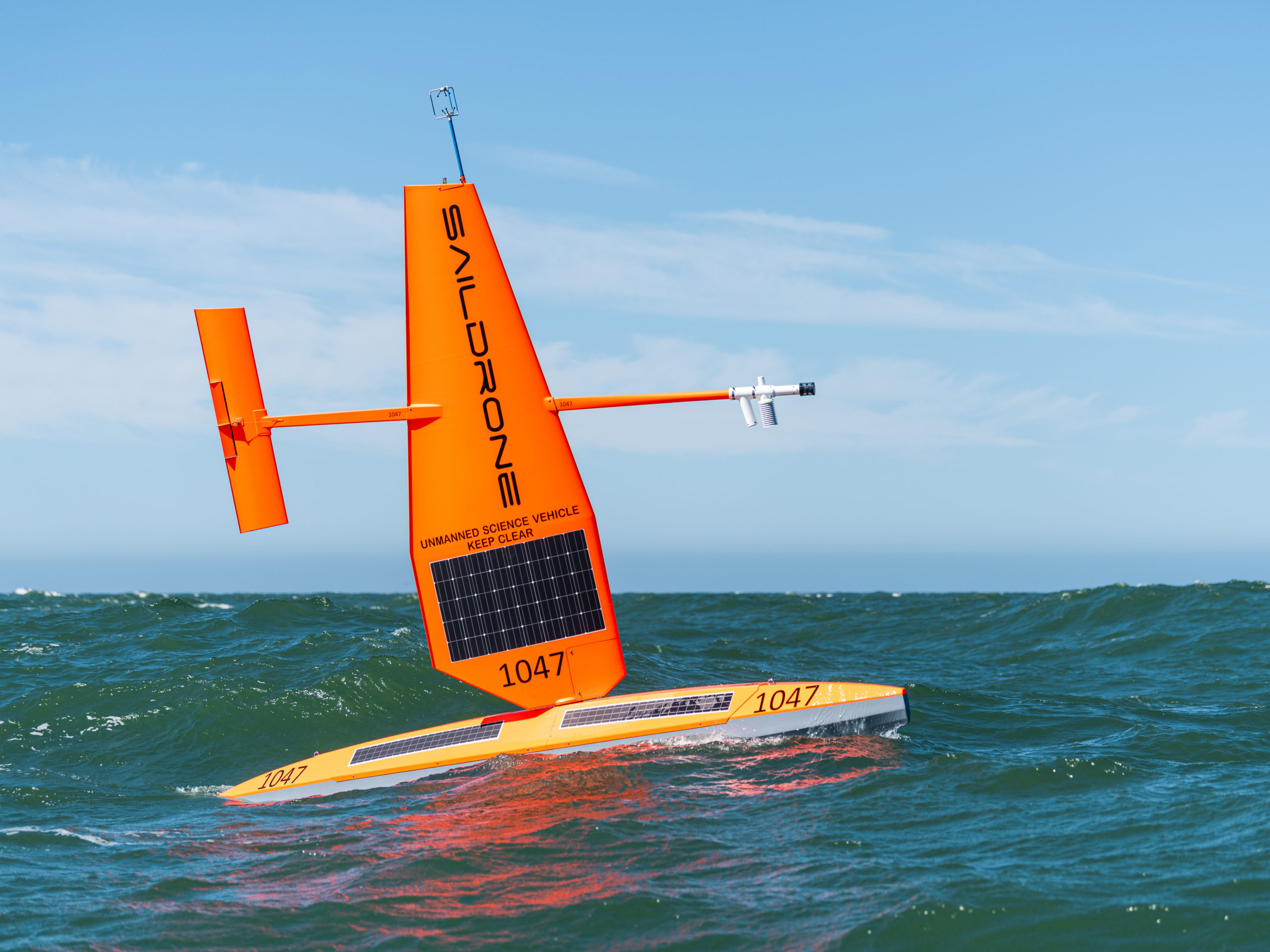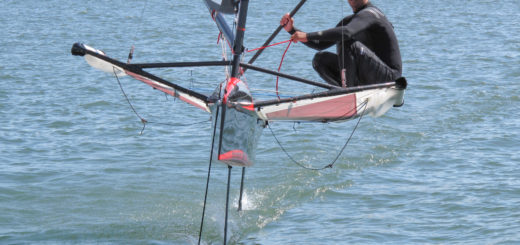Sea anchor or drogue – what’s the difference?

A sea anchor and a drogue are both safety equipment used to stabilize a vessel in rough conditions, but they serve different purposes and function in slightly different ways.
Sea Anchor
- A sea anchor is a large parachute-like device that is deployed underwater to greatly reduce the drift of a vessel.
- It is usually attached to the bow of the boat and is designed to reduce the boat’s speed by creating drag in the water.
- Sea anchors are commonly used in heavy weather conditions, such as storms, to prevent the boat from drifting too quickly and to keep it pointed into the waves, which can enhance stability.
- The primary purpose of a sea anchor is to minimize the boat’s movement and maintain a stable position in the water.
Drogue
- A drogue is a device similar to a sea anchor but smaller in size. It is typically a conical or cylindrical device with open-ended mesh panels or other openings.
- Drogues are deployed astern (at the stern or rear) of the boat, and they are used to control the boat’s speed and may prevent it from surfing down waves. It also helps prevent pitch-poling, which occurs when a boat’s bow plunges into the trough of a wave, resulting in the vessel flipping end over end.
- Unlike a sea anchor, a drogue does not necessarily hold the boat in a fixed position but allows controlled movement by slowing down its downwind progress.
- Drogues are often used to prevent broaching (where the boat is turned broadside to the waves) and to maintain better control when sailing downwind in heavy seas
While both sea anchors and drogues are used for stability in rough seas, a sea anchor is designed to minimize drift and hold the boat in a stable position, while a drogue is used to control speed and prevent certain undesirable movements, especially when sailing downwind in challenging conditions.
For further reading on the subject, see: https://www.boatingmag.com/how-to-use-drogues-and-sea-anchors/




